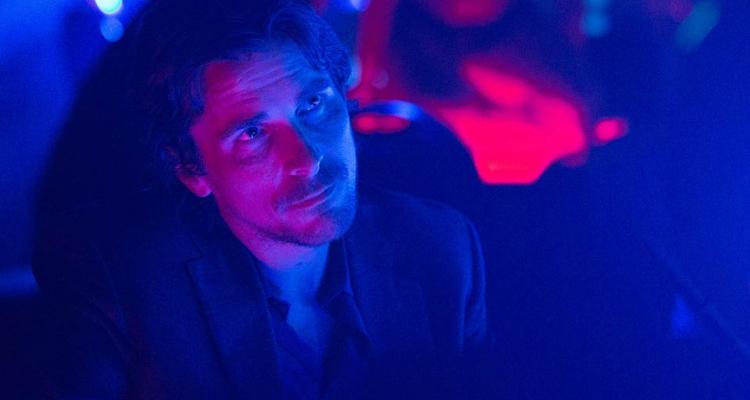The arrival of a new Terrence Malick film used to feel like a blessing it was so rare. The reclusive director vanished for twenty years, only to resurface as if no time went by and then slowly, but surely started to jog and then run. Malick films are no longer like Halley’s Comet and the director has been working at an extremely fast clip ever since 2011’s reinvigorating “The Tree Of Life,” he’s made five films since and been shooting one nearly every year: “To The Wonder” (2012), “Knight of Cups” (2015) “Voyage of Time” (2016), “Song to Song” (2017) and the upcoming “Radegund” which many presume will surface on the fall film festival circuit sometime in 2018.
No longer a rarity, or hiding much anymore, see that public appearance at SXSW last year, the pattern that has emerged through all this work is the desire to keep pushing the narrative envelope and seeing just how experimental he can be.
Malick’s obsessions of connection, loss, love and the way our lives often flutter into one another for a brief moment before flying off into the distance are given a thorough analysis in this video essay by Thomas Flight. If at times abstract, the video essay explores the patterns we’ve come to recognize from the director. “Song to Song,” “Knight of Cups,” and “To the Wonder” have moments of interchangeability. Any frame could be supplanted into one of his other films and feel like the same story. Even when some accuse Malick of just repeating himself over and over again (arguably not wrong), there’s a beautiful universality to his work—everything is functioning within the same space. Audiences simply travel to different places to see a larger story unfold.
WATCH: 30-Minute ‘Song To Song’ Talk With Terrence Malick, Says First Cut Was 8 Hours
Malick’s films have an outright intimacy to them. Watching one of his pictures can feel like we’re peering through a window, or following his actors around as they shape their own story. They are abstract, reflexive and meditative, and take time to fully digest after their credits have rolled. There really isn’t another filmmaker quite like Malick.
READ MORE: The 15 Best Shots In Terrence Malick’s Movies
Some will argue Malick’s best days are behind him and the auteur worship should stop. That’s also hard to refute, but this lovely video essay, at the very least will let you luxuriate in the swirl of images, music and emotion, the filmmaker crafts ever so soulfully. And while we’re here, is Bleecker Street ever releasing that long version of “Voyage Of Time” or what?

